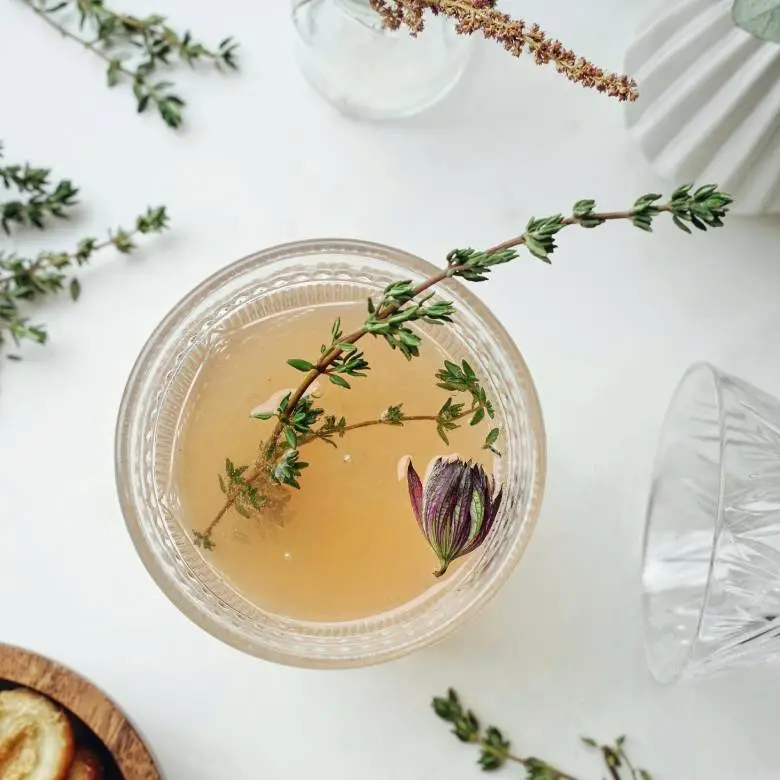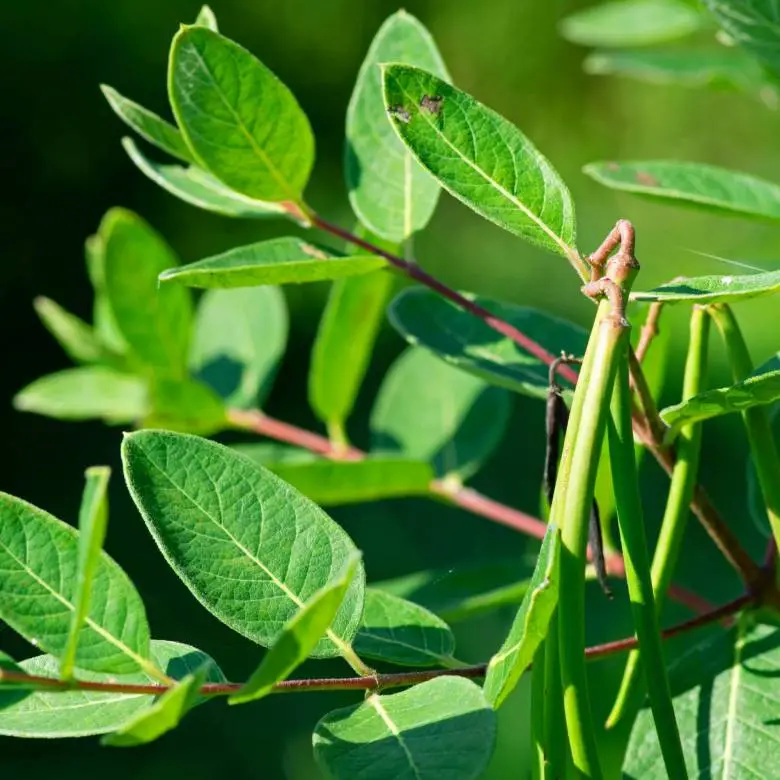History

Traditional Chinese Medicine
Over the last few thousand years Traditional Chinese medicine (TCM) has taken advantage of hemp and mushrooms in nutritional and herbal medicinal applications. Today, mushrooms are incorporated in many parts of the Chinese daily diet for medicinal purposes. TCM even has a system categorizing the different uses for mushrooms in medicine. For example, red is for the heart, black is for the kidneys, and green is for the liver and gallbladder.
Some of the earliest Chinese herbalists recognized that the Chinese herb "máfén", known in the West as hemp CBD, had a profound effect providing pain relief and treating inflammation. Hemp CBD was one of 50 fundamental herbs listed in the earliest surviving herbal directory in the Chinese Medical Tradition. The ancient directory describes that hemp CBD allows the optimal function of the “five zàng organs:” Heart, Spleen, Lungs, Kidney, and Liver, improving their associative Qi dynamic.

Native American Uses
"Indian hemp could be dried, crushed, and then snuffed for coughs in head colds. The root was made into a tea and was used to help a baby’s cold, earache, headache, nervousness, dizziness, worms and insanity. This tea was also taken for heart palpitations, but care should be observed if using it for cardiac disorders. The root could also be used as an emetic, diaphoretic, antispasmodic, cathartic, anodyne, hypnotic, laxative, treats vomiting, diarrhea, hydrocephalus, urinary difficulties, dropsy, jaundice, liver problems, and stimulates the digestive system." -https://plants.usda.gov/DocumentLibrary/plantguide/pdf/cs_apca.pdf
Like ancient China, ancient Native Americans used functional mushrooms for medicine and consumption. The many medicinal uses for mushrooms are well documented in Daniel Moerman's "Native American Ethnobotany". They also found mushrooms effective as an "antioxidant, antimicrobial, antitumor, and antimutagenic. They can boost the immune system, lower high blood pressure, and increase defenses against viral infections and cancer." -Kat Anderson | Journal of Ethnobiology.
